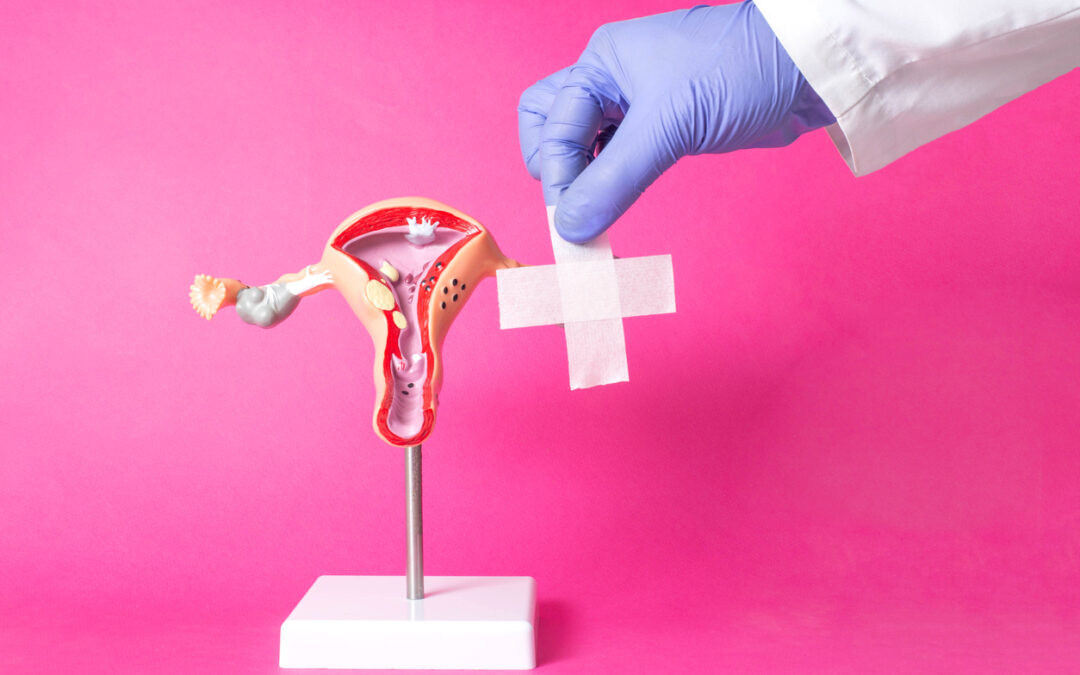Patients that are affected by conditions such as uterine fibroids can live a difficult life, having to suffer the consequences of this condition. In fact, uterine fibroids can cause many different symptoms and pains, that might affect everyday life. In order to provide to these patients a better quality of life, doctors and researchers have developed some monitoring techniques and everyday methods and tips, that could help manage the pain and the overall condition’s progress.
These methods become even more important for the patients, since conditions such as uterine fibroids do not present effective and conclusive solutions. Therefore, these techniques present the only help for them to have a better-quality life. Here there are some methods to follow.
Monitoring techniques: how to deal with uterine fibroids’ symptoms
Effects of the presence of uterine fibroids are really painful and difficult to endure. Some of the symptoms are heavy bleeding during menstrual cycles, excessive pelvic pain, bleeding during different menstrual cycles, frequent urination, constipation, and backache/leg pain.
In order to provide a better-quality life for patients, researchers and doctors developed some of the following methods for monitoring the symptoms and relieve the pain.
Firstly, before approaching a treatment process, your doctor of choice must do some evaluation exams. These procedures are a necessity, since they can help the physician to understand your personal history and condition, in order to find the treatment that could better suit you. In particular, ultrasounds are usually the best device to monitor fibroids, especially transvaginal ultrasounds. They can be helpful by assessing the size and location of the fibroids in the uterine cavity. They might even become more useful with the use of 3D technology, giving more precise information. Some other similar monitoring techniques could be magnetic resonance imaging (MRI) or even sonohysterogram (a kind of ultrasound with a saline infusion into the uterine cavity).
How to manage uterine fibroids: different methods
There are many different methods for managing fibroids and its effects on patients, that may be different one from the other. A treatment that is often chosen it’s the use of drugs.
The doctor, after much thought and accurate symptoms analysis, might choose a specific treatment. As much as other options, medicine could not have a permanent effect on uterine fibroids but could help to minimize their problems. Most chosen drugs for a treatment are
- GnRH agonists – also called Gonadotropin-releasing hormones, which suppress the production of ovarian estrogens. They can fake a temporary menopause that reduces the blood flow.
- Hormonal agents – usually in the form of birth control pills, may also prevent the excessive bleeding and help with the symptoms.
One of the most drastic solutions for managing uterine fibroids and their growth are surgeries. After obtaining consensus from your doctor and an in-depth evaluation, surgeries might be a possible solution, on removing surgically the fibroids. Despite the fact that it may not be permanent, this solution may help the management of the fibroids, however it must be always evaluated with your doctor talking about all the possible options available. .
Despite uterine fibroids are still considered a difficult condition to treat, doctors and researchers have further studied the subject, in order to provide to patients affected by fibroids some solution to live with this pathology. There are different methods developed, from medicines, to ultrasounds and surgeries. Even though they might not completely destroy fibroids, they might help the patients to minimize the symptoms and obtain a better-quality lifestyle.
Bibliography
- https://www.mayoclinic.org/diseases-conditions/uterine-fibroids/symptoms-causes/syc-20354288
- https://www.volusonclub.net/empowered-womens-health/how-monitoring-uterine-fibroids-can-help-preserve-fertility-and-inform-treatment-decisions/
- https://www.health.harvard.edu/womens-health/what_to_do_about_fibroids

Recent Comments